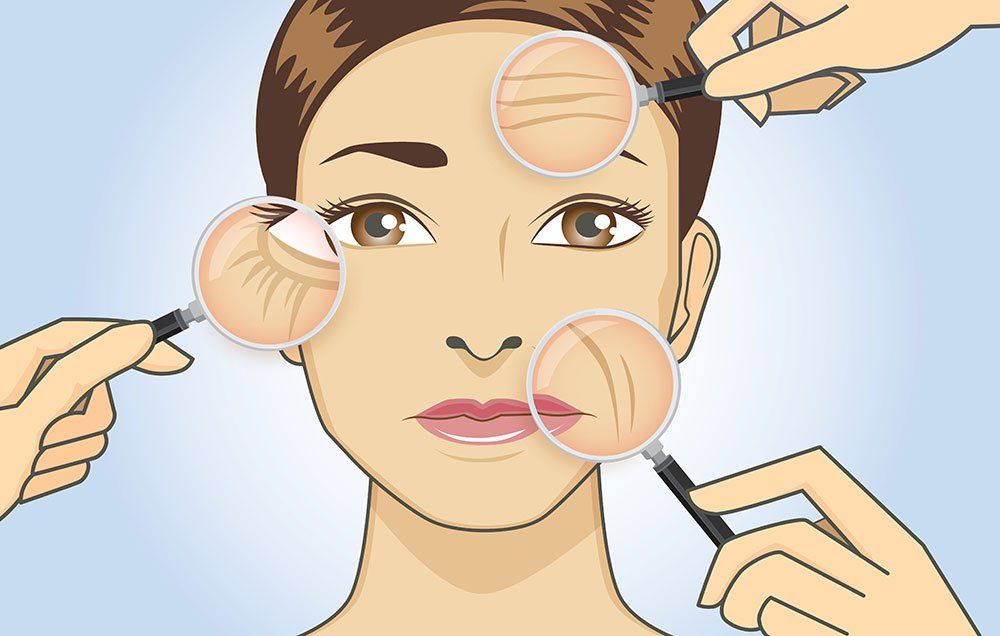Detect early signs of skin cancer with routine screenings.
Detect early signs of skin cancer with routine screenings.
Blog Article
Navigating Skin Cancer Cells Treatment: The Crucial Function of Mohs in Modern Dermatology Practices
Skin cancer, a daunting medical diagnosis, frequently leaves patients coming to grips with various therapy choices. Amongst these, Mohs surgical treatment stands as a sign in contemporary dermatology, renowned for its meticulous technique to cancer removal and conservation of bordering healthy cells. This innovative practice assures not only remarkable cosmetic outcomes however additionally provides prompt results, alleviating patient stress and anxiety. As we discover the complexities of this treatment, one will appreciate its essential role in skin cancer therapy.
Understanding Skin Cancer: Types and Dangers
There are 3 major types of skin cancer: Basic cell cancer, Squamous cell carcinoma, and Melanoma. It accounts for just concerning 1% of skin cancer cells cases but creates the substantial bulk of skin cancer deaths. Threat aspects include fair skin, background of sunburn, extreme sun direct exposure, living at high elevations or close to the equator, having several moles, a family members history of skin cancer, and damaged immune system.
What Is Mohs Surgical procedure and Exactly How It's Transforming Skin Cancer Cells Therapy
In spite of the numerous therapies presently offered for skin cancer cells, Mohs surgery sticks out as a groundbreaking and highly efficient solution. Named after Frederic E. Mohs, the medical professional who established the treatment, Mohs surgery is a specific surgical method utilized to deal with skin cancer. During the procedure, slim layers of cancer-containing skin are progressively eliminated and checked out until only cancer-free tissue continues to be. This approach allows the specialist to validate that all cancer cells have been eliminated at the time of surgical treatment. This degree of accuracy, combined with the capability to save as much healthy and balanced cells as feasible, is revolutionizing skin cancer treatment. Therefore, Mohs surgical procedure has become a foundation of modern-day dermatology techniques.
The Benefits of Mohs Surgical Procedure Over Typical Skin Cancer Treatments
Building on the innovative nature of Mohs surgical treatment, it's vital to consider its numerous advantages over traditional skin cancer therapies. Unlike typical procedures, Mohs supplies a greater remedy rate, often getting to 99% for newbie treatments and 94% for reoccurring cancers cells. This accuracy is due to its unique strategy of gradually removing and examining cells layers until just cancer-free cells stay (skin cancer). Additionally, it decreases damage to healthy and balanced skin, causing less scarring and boosted cosmetic end results. Mohs likewise provides instant results, removing the anxiety-ridden wait usual with other approaches. It's cost-effective, as the surgical procedure and microscopic assessment take place concurrently, removing the need for extra research laboratory services. Therefore, Mohs stands for a significant improvement top article in skin-related practices.
The Treatment of Mohs Surgical Procedure: What to Anticipate Throughout the Refine

Potential Side Impacts and Post-Operative Care of Mohs Surgical Treatment
Undertaking Mohs surgery, like any kind of various other surgical procedure, entails potential side impacts that people need to be mindful have a peek at this site of. Usual side effects include pain, wounding, and swelling at the surgical procedure site. Nevertheless, these are normally short-lived and manageable with over the counter discomfort medicine and cold pack. In uncommon instances, patients may experience infection, bleeding, or an allergic reaction to the anesthetic. Post-operative care is important to recovery and decreasing negative effects. This typically involves keeping the wound tidy and completely dry, taking recommended drugs, and staying clear of strenuous tasks. People need to additionally participate in all follow-up consultations for injury treatment and tracking. In some situations, extra treatments may be necessary to make certain full elimination of the cancerous cells. Complying with these post-operative care standards can substantially improve healing and outcomes.
Final thought

Report this page